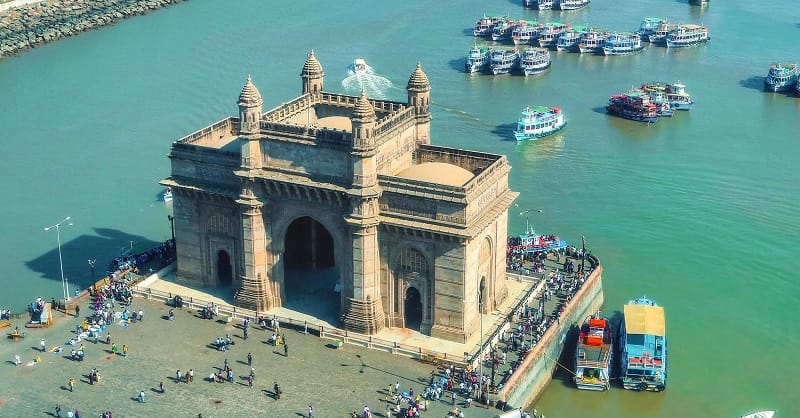
The Gateway of India in Mumbai, which has served as the background for countless Bollywood and even some famous Hollywood films, is more than simply a tourist attraction.
The monument has watched the transformation from Bombay to Mumbai, from a fishing port to India’s most popular tourist destination. In that regard, Mumbai’s Gateway of India has come a long way.
ADVERTISEMENT
The Gateway of India, located in Mumbai, is one of India’s most distinctive sights. The monument overlooks the Mumbai port, which is surrounded by the Arabian Sea in the Colaba area and is located at the point of Apollo Bunder.
The Gateway of India is a monument that commemorates India’s major ports and is a popular tourist destination for first-time visitors to India. This monument symbolizes the glory of the British Raj in India at one time.
History of Gateway of India
The major goal of the Gateway of India’s building was to commemorate King George V and Queen Mary’s visit to Bombay (now Mumbai). Sir George Sydenham Clarke, the Governor of Bombay at that time, placed the monument’s initial foundation on 31 March 1913.
Before the construction of the gateway started, the area of Apollo Bunder was used as a native fishing ground.
ADVERTISEMENT
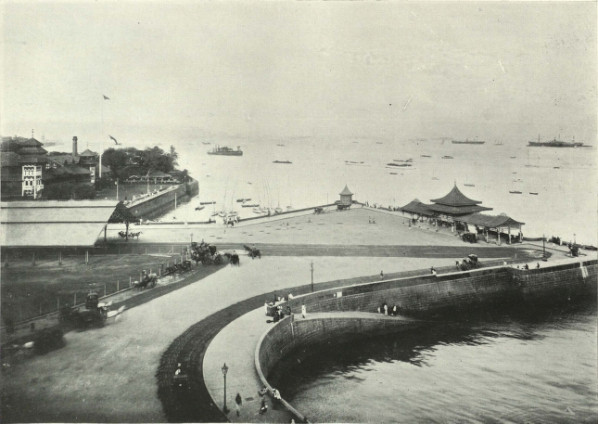
From 1915 to 1919, work continued to reclaim the land at the Apollo Bunder on which the gateway was to be built. Gammon India started the construction of the foundations of the Gateway of India, which started in 1919.
The foundation of the Gateway of India was completed in 1920 while the final construction was finished in 1924. The gateway was opened to the public on 4 December 1924.
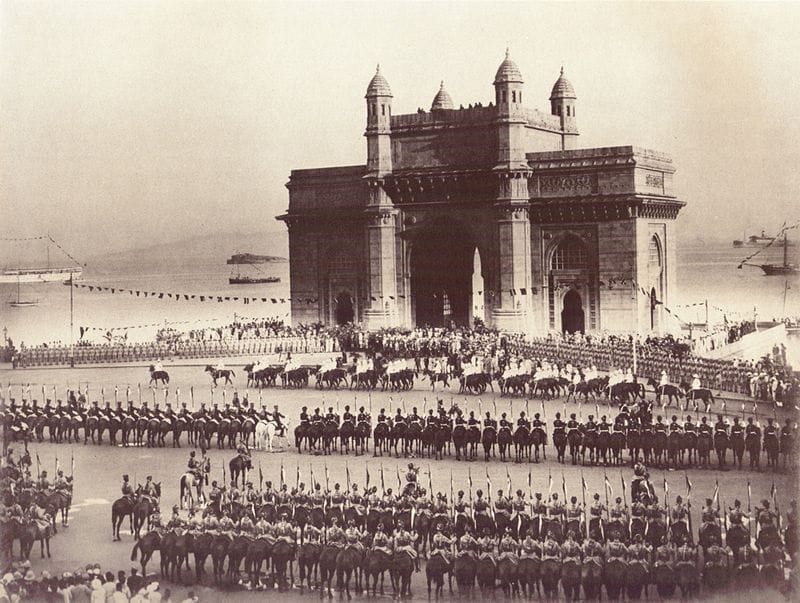
Who built the Gateway of India
George Wittet, an architect, created the Gateway of India’s architectural design. It took four years to build this architectural marvel. The total construction cost of this monument was approximately 21 lakhs (1913) and the expense was borne by the Indian government.
George Wittet designed some of Mumbai’s famous landmarks like the Institute of Science, Chhatrapati Shivaji Maharaj Vastu Sangrahalaya, the King Edward Memorial Hospital, the Grand Hotel, Bombay House, the Wadia Maternity Hospital, and other buildings by the Mumbai Docks.
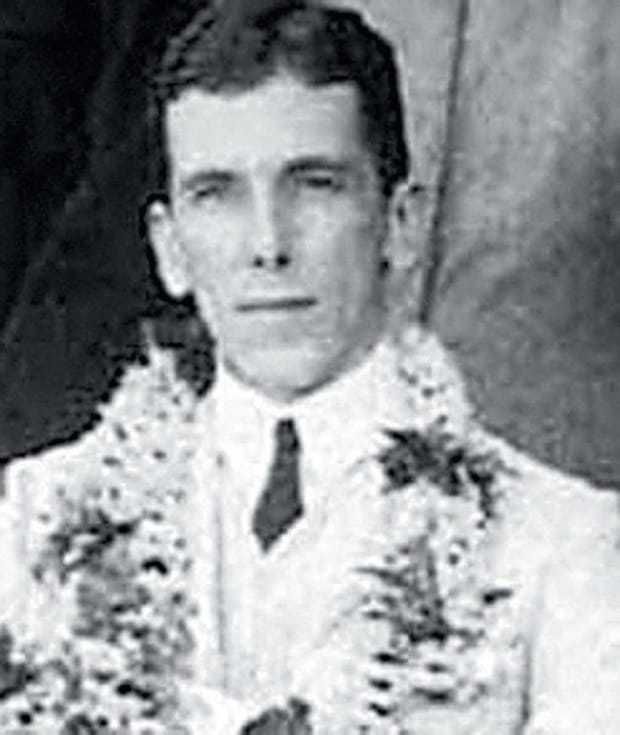
Design and architecture of Gateway of India
The Gateway of India’s structural design consists of a huge arch with a height of 26 meters (85 feet). The monument is made of indissoluble concrete and yellow basalt.
The Indo-Saracenic architecture, designed by Scottish architect George Wittet, combines aspects of a Roman triumphal arch with Islamic architecture. The perforated latticework screens were imported from Gwalior, and the stones were locally obtained.
ADVERTISEMENT
With complex latticework, the Gateway of India, Mumbai is recognized as one of India’s most beautiful landmarks.
The arch provides a spectacular view of the Arabian Sea, which is crowded with fishing boats and luxury yachts.
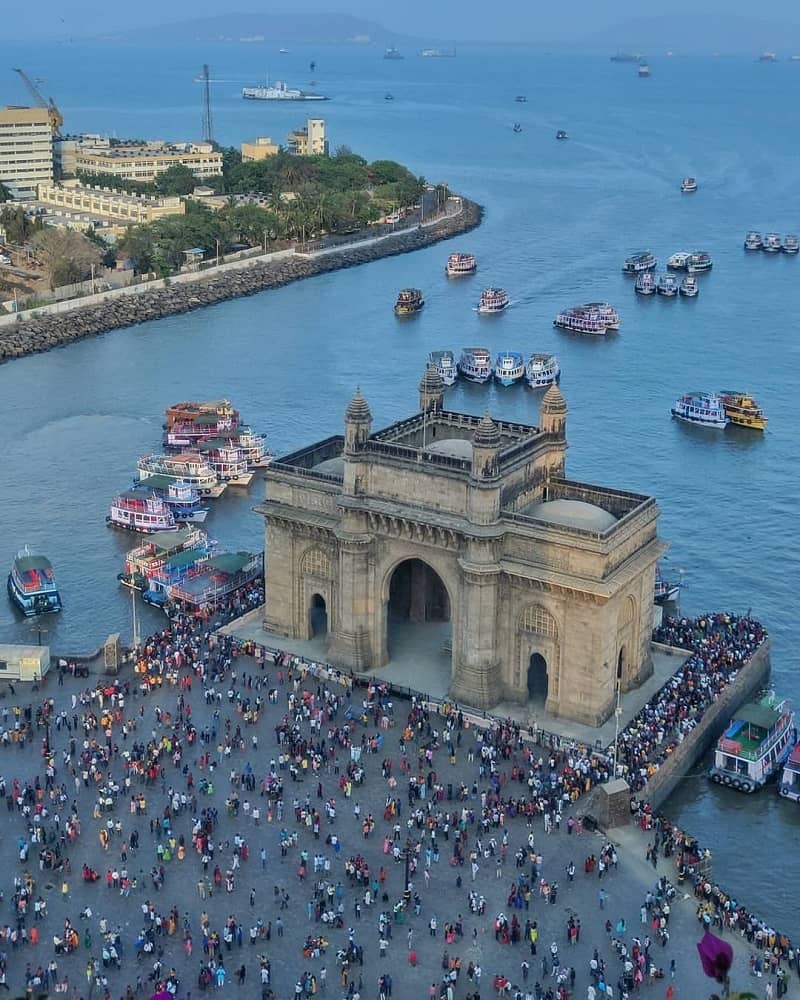
Tourist attractions near Gateway of India
The Taj Mahal Palace hotel is located immediately adjacent to the Gateway of India. It was built by Jamshedji Tata to cater to British elites and European and Indian Maharajas. In conjunction with the Taj Mahal Palace hotel and tower, it is illuminated after dark, providing a magnificent spectacle.
Alibaug and Elephanta Caves are located near the Gateway of India, and travelers may go on motor boats to reach there.
ADVERTISEMENT
A walk from the Gateway is the Colaba-Causeway Market, which is a shopper’s paradise. For art enthusiasts, there is Jehangir Art Gallery. The first air-conditioned theatre in India, Regal Cinema is also near the Gateway of India. Marine Drive a 3.6-kilometre-long “C”-shaped road along the Arabian Sea.
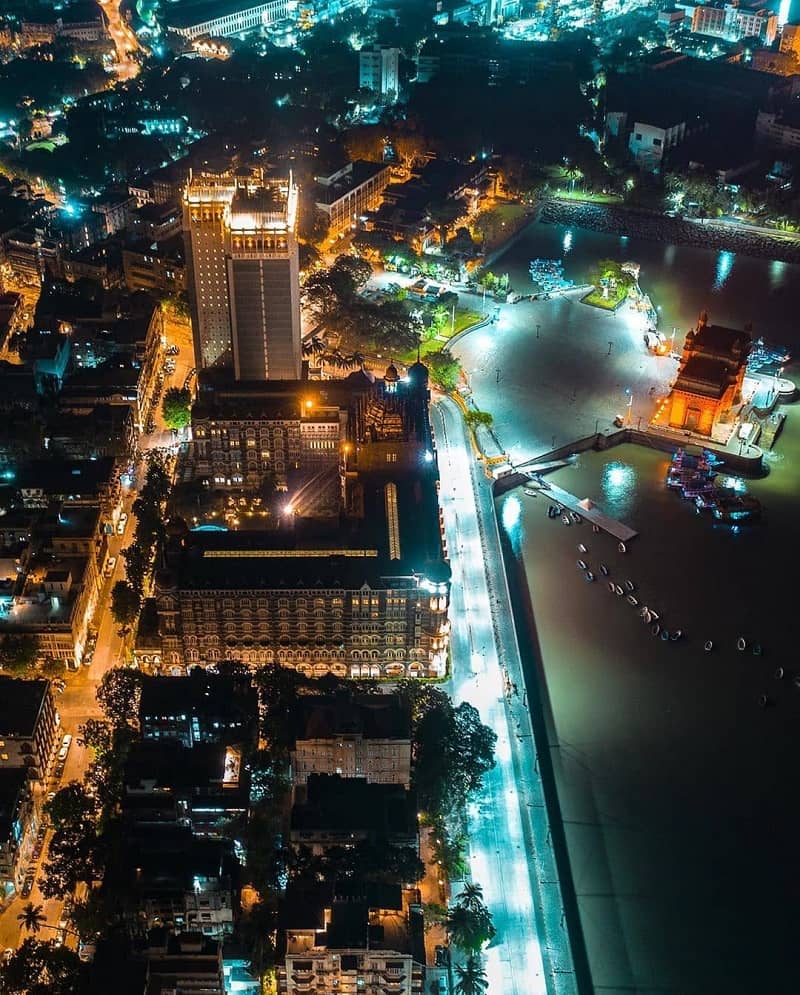
As a symbol of Maratha pride and grandeur, a statue of Chhatrapati Shivaji was unveiled opposite the gateway on January 26, 1961. Swami Vivekananda’s trip from Mumbai to Chicago for the Parliament of World Religions is commemorated by another statue in the area.
1961 :: Mammoth Crowd at The Gateway Of India , Bombay , During Unveiling of Statue of Chhatrapati Shivaji Maharaj pic.twitter.com/n3xtNXchSt
— indianhistorypics (@IndiaHistorypic) February 19, 2020
How to reach the Gateway of India
Most people visit Mumbai to see the magnificence of the city. But do you know why the Gateway of India is far more popular than any other monument in Mumbai? It is because of its convenient location!
ADVERTISEMENT
If you’ve chosen one of the Maharashtra trip packages, Gateway of India will be your first choice to be included in the plan. You may also take a bus, an auto-rickshaw, or a cab to Vile Parle Railway Terminus if you are arriving from Chhatrapati Shivaji International Airport.
Then, through Dadar, travel to CST and catch a local train to Churchgate. Take a bus from CST to Old Customs House, then walk 15 minutes to the Gateway of India. If you don’t want to do all of that, you may just take a cab from Chhatrapati Shivaji International Airport, which would take around 20 minutes.
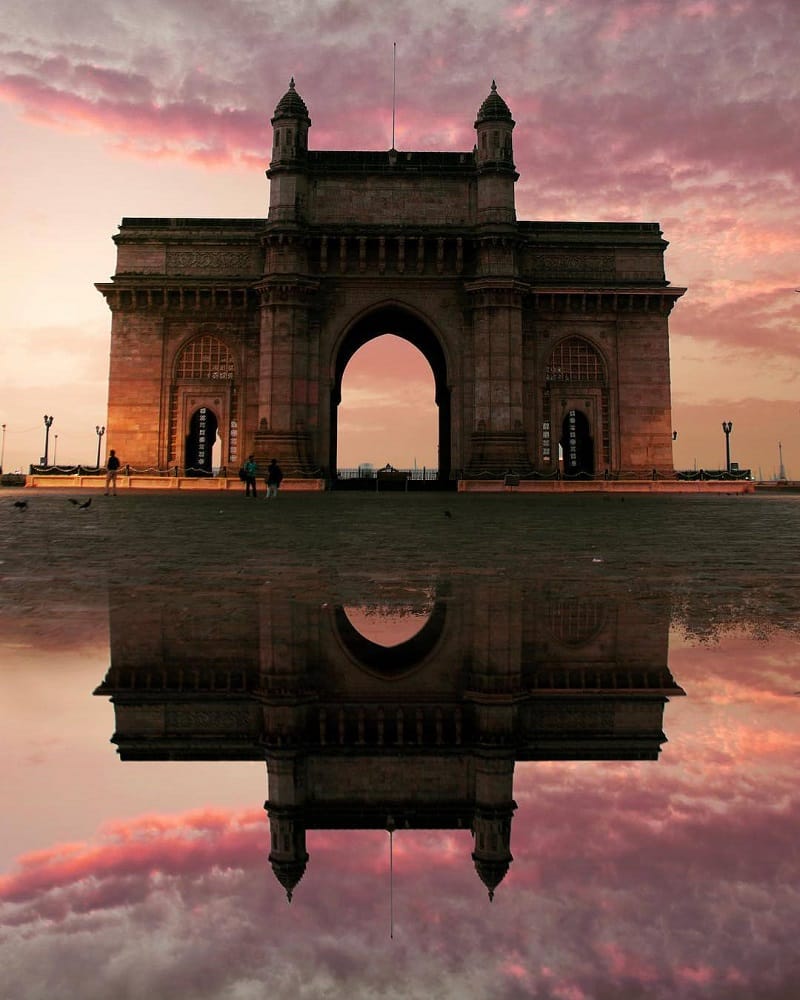
Gateway of India Timings and Entry Fee
Gateway of India timing – Gateway of India is open to the public at all times every day of the week. The most pleasant time to visit the place is early mornings and evenings. The view of the Arabian Sea during sunset is beautiful. On special occasions, the Gateway of India is decorated in thematic colours.
Gateway of India entry fee – Entry to the Gateway of India is free. One can also carry a camera without having to pay anything.
ADVERTISEMENT
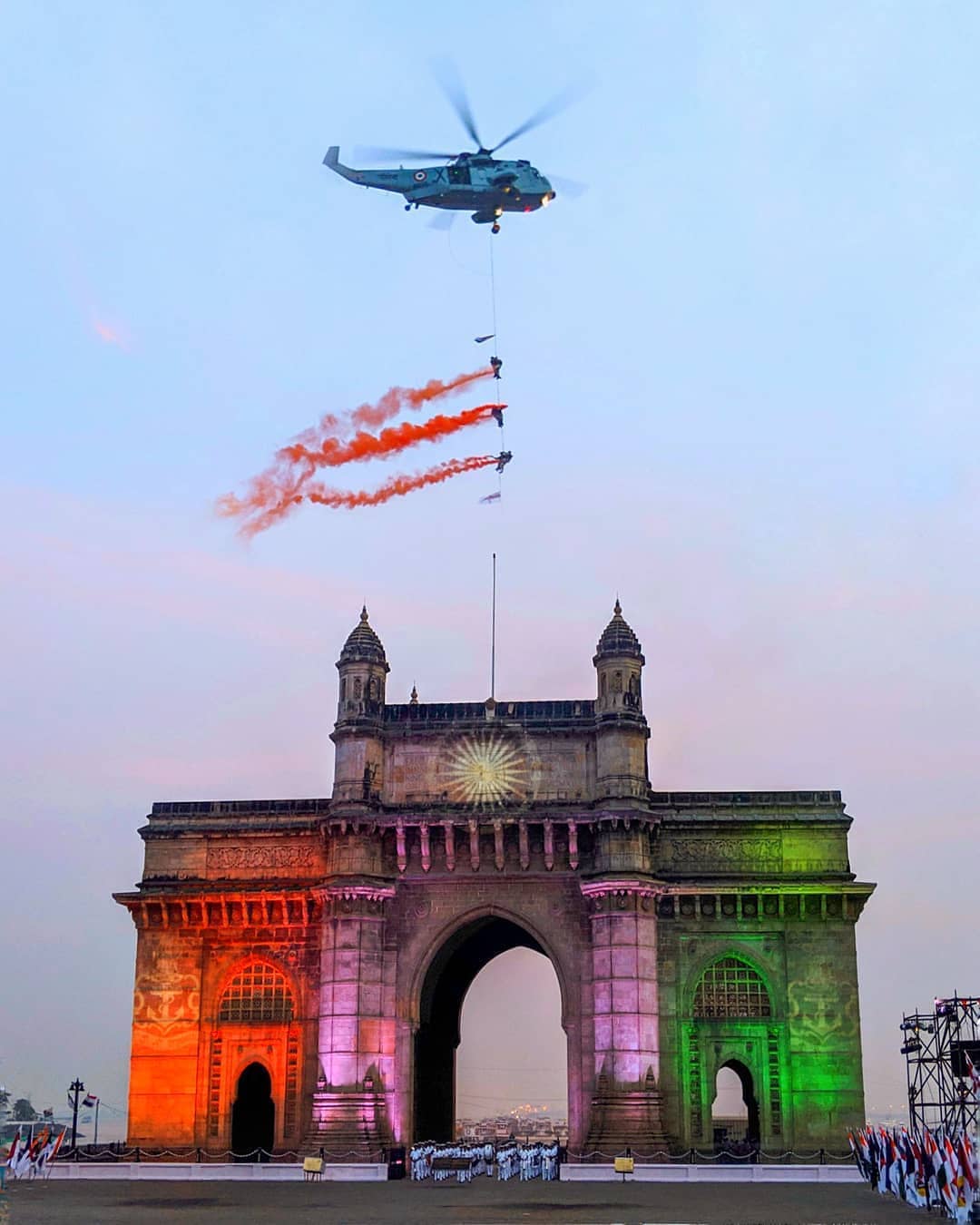
Significance of Gateway of India
Despite being erected to commemorate King George V’s coronation, the Gateway of India became the entrance point for British viceroys and governors. Ironically, it was also the location of the British’s symbolic withdrawal from India, which was marked by the departure of the First Battalion of the Somerset Light Infantry on February 28, 1948.
The Gateway of India, a popular tourist destination, was bombed together with the busy Zaveri Bazar on August 25, 2003. The event claimed the lives of 54 individuals and wounded 244 others.
The Gateway was also linked to the terrorist attacks on November 26, 2008, carried out by ten terrorists of Lashkar-e-Taiba, a Pakistani Islamic militant group. At the Gateway of India, terrorists disembarked in two groups and carried out 12 planned shooting and bombing attacks in and around south Mumbai, killing more than 150 Indians and foreigners.
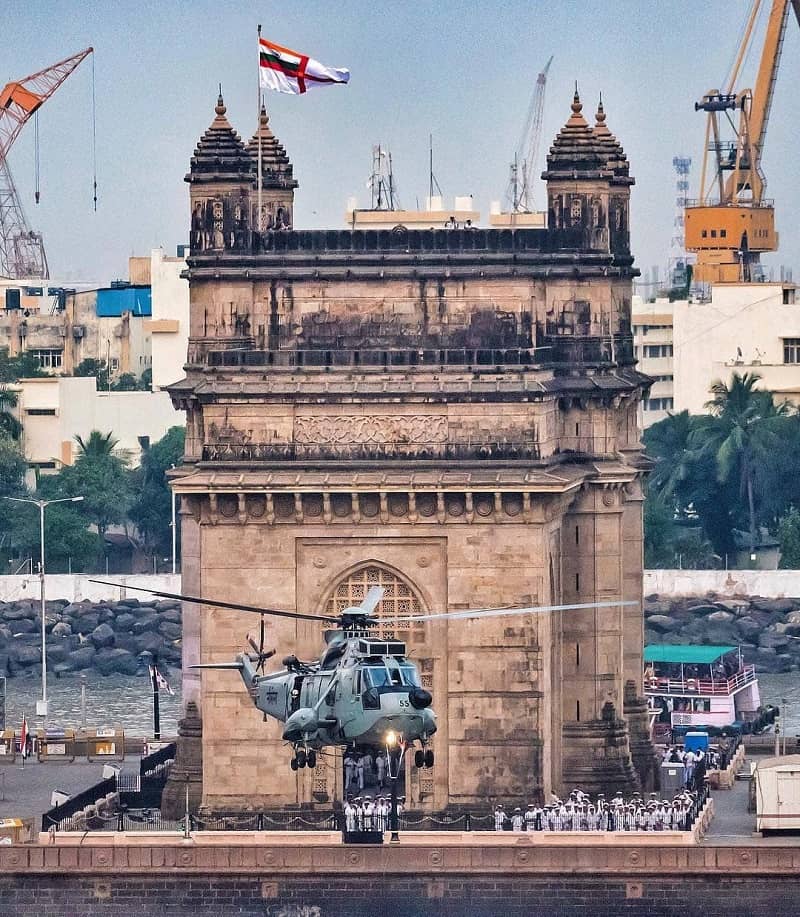
Also read: 13 Facts About India Gate To Make You Feel Proud
ADVERTISEMENT
ADVERTISEMENT











